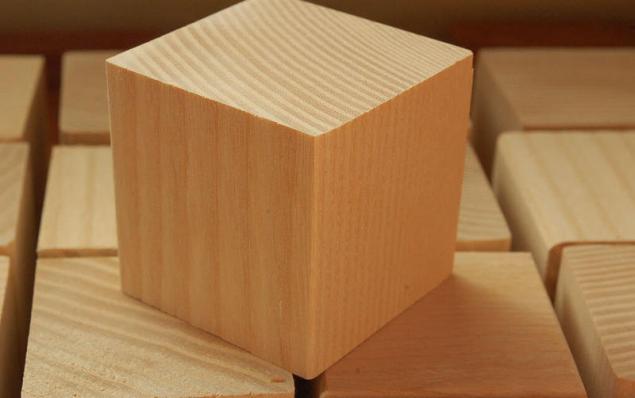679
Scientists have created a transparent timber, which is stronger than glass
This may change the technology in construction.
What happened?
Researchers from the University of Maryland was able to remove from the bar color of the wood and chemicals, and make it transparent. As a result, they obtained a durable material that conducts electricity worse in comparison with glass and thus more prone to biodegradation than plastic.

"We were very surprised at how clear it was able to do," - says Lyanbin Hu, project participant, who wrote about it for the Advanced Materials journal
. On the creation of a transparent timber worked not only Hu team - researchers from Sweden have also managed to get rid of the unnecessary visible mass, replacing it with a transparent polymer. processing technologies developed by two research groups, some similar and consist of two stages.
How to make wood transparent?
First timber scientists heated in a mixture of water, sodium hydroxide and other chemicals for about two hours. In the process, lignin is washed whose molecules attach wood characteristic color. Then the bar is covered with epoxy resin, which at least makes the process a little less environmentally friendly, but it allows for increasing the strength of the material in four or five times.
How can we use this technology?
One of the most important properties of wood treated in this way is to preserve the natural wood structure and channels. These microchannels may transmit light as well as they are transferred to a plant nutrients inside. "In conventional materials, light is scattered," - says Hu. - If you use the waveguide effect wood, you can bring more light into
home. " Are there any restrictions?
So what prevents us to build a house from a transparent timber, in addition to the protection of private life? The limited dimensions. While technology can only work with the plates 12, 5x12, 5 cm and a thickness of a sheet of paper to one centimeter - and it's much bigger than that are not yet able to do Swedish researchers. Dr. Hu and University of Maryland researchers continue to work on increasing the size of the samples.
If the team will be able to plans, the technology can be applied in numerous areas: from the manufacture of windows, building materials and furniture to create a more precise optical equipment, which was previously made of glass or plastic.
What happened?
Researchers from the University of Maryland was able to remove from the bar color of the wood and chemicals, and make it transparent. As a result, they obtained a durable material that conducts electricity worse in comparison with glass and thus more prone to biodegradation than plastic.

"We were very surprised at how clear it was able to do," - says Lyanbin Hu, project participant, who wrote about it for the Advanced Materials journal
. On the creation of a transparent timber worked not only Hu team - researchers from Sweden have also managed to get rid of the unnecessary visible mass, replacing it with a transparent polymer. processing technologies developed by two research groups, some similar and consist of two stages.
How to make wood transparent?
First timber scientists heated in a mixture of water, sodium hydroxide and other chemicals for about two hours. In the process, lignin is washed whose molecules attach wood characteristic color. Then the bar is covered with epoxy resin, which at least makes the process a little less environmentally friendly, but it allows for increasing the strength of the material in four or five times.
How can we use this technology?
One of the most important properties of wood treated in this way is to preserve the natural wood structure and channels. These microchannels may transmit light as well as they are transferred to a plant nutrients inside. "In conventional materials, light is scattered," - says Hu. - If you use the waveguide effect wood, you can bring more light into
home. " Are there any restrictions?
So what prevents us to build a house from a transparent timber, in addition to the protection of private life? The limited dimensions. While technology can only work with the plates 12, 5x12, 5 cm and a thickness of a sheet of paper to one centimeter - and it's much bigger than that are not yet able to do Swedish researchers. Dr. Hu and University of Maryland researchers continue to work on increasing the size of the samples.
If the team will be able to plans, the technology can be applied in numerous areas: from the manufacture of windows, building materials and furniture to create a more precise optical equipment, which was previously made of glass or plastic.
Thoughts and emotions: the subtlest form of energy
Unusual fertilizer for roses - bread and herbal yeast
























